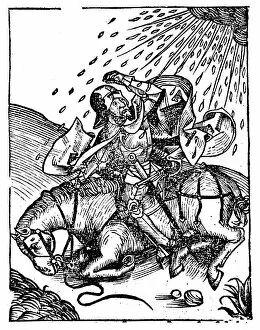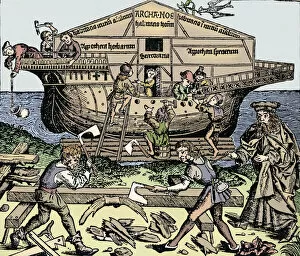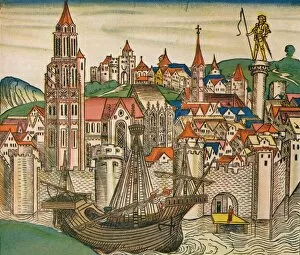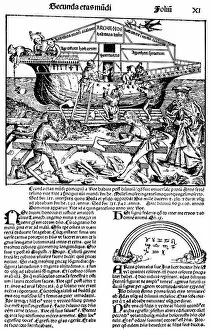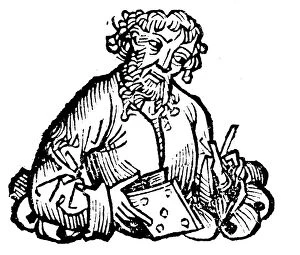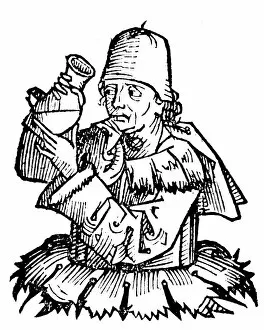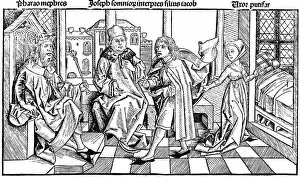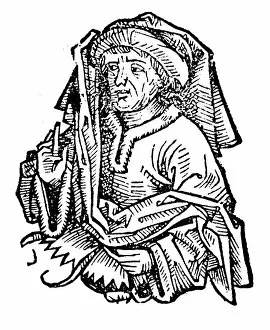Hartmann Schedel Collection
Hartmann Schedel, a prominent figure in the world of art and literature during the 15th century
All Professionally Made to Order for Quick Shipping
Hartmann Schedel, a prominent figure in the world of art and literature during the 15th century, left an indelible mark with his masterpiece "Liber Chronicarum" or "The Nuremberg Chronicle. " This monumental work, published in 1493, showcased a wide array of captivating woodcut illustrations that depicted various aspects of history and culture. One such illustration is the mesmerizing view of a fortified city. With meticulous attention to detail, Schedel's collaborators Michael Wolgemut and Wilhelm Pleydenwurff brought this scene to life. The towering walls and majestic architecture transport us back to medieval times when cities were bastions of power and protection. In another woodcut from "Liber Chronicarum, " we are transported to Nineve, an ancient city steeped in myth and legend. Schedel's intricate depiction allows us to envision its grandeur as it stood centuries ago. "The Last Judgment" is yet another awe-inspiring creation found within Schedel's chronicle. This vivid portrayal captures the intensity and gravity associated with this biblical event. It serves as a reminder of humanity's mortality while also offering hope for redemption. Schedel also delved into religious themes through his woodcuts like "Maria Magdalena. " This evocative piece showcases her devotion amidst serene surroundings, inviting contemplation on faith and spirituality. However, not all depictions were uplifting; some shed light on darker chapters in history. One such example is the chilling image depicting the burning of Jews at Deggendorf in 1338. Through this haunting artwork, Schedel forces us to confront mankind's capacity for cruelty while urging us towards tolerance and understanding. On a more positive note, Templum Salomonie presents an enchanting glimpse into Solomon’s Temple—an architectural marvel that has captivated imaginations throughout history.


















